OMSI
Epicenter
Research &
Development
Engineering
Tech
Integration
The Oregon Museum of Science and Industry's new earthquake simulator, The Epicenter, is an interactive and educational experience that teaches children preparedness training through immersive soundscapes and physical mechanics.
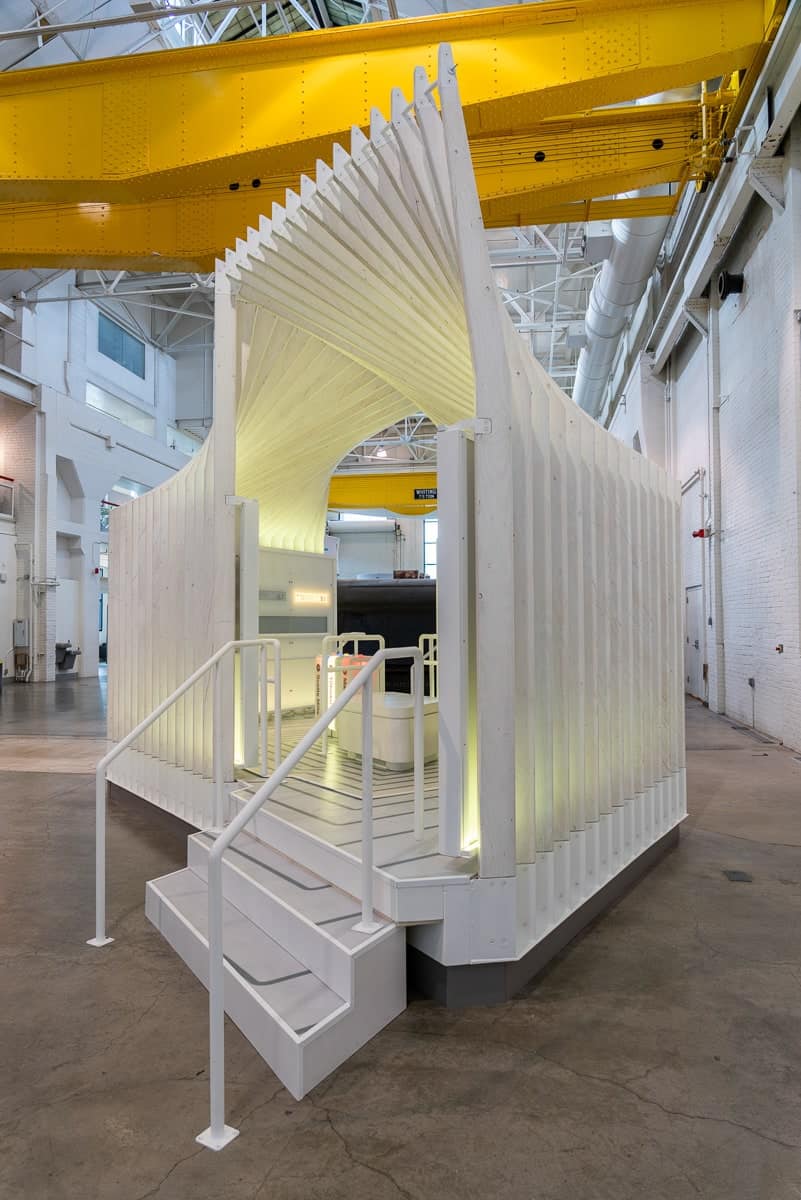


Strong yet light.
This 14-foot tall structure includes coordinated sound, lighting and motion. It's both light enough and strong enough to withstand eight hours of shaking every day.
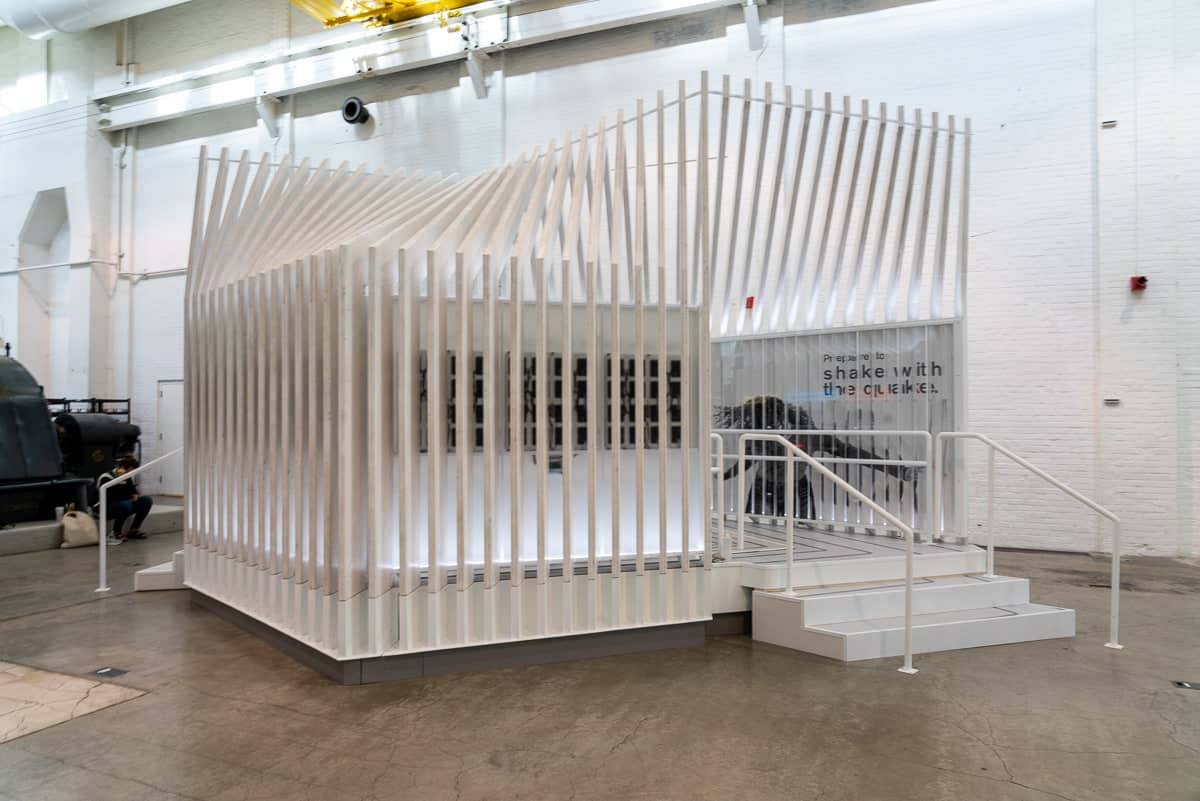
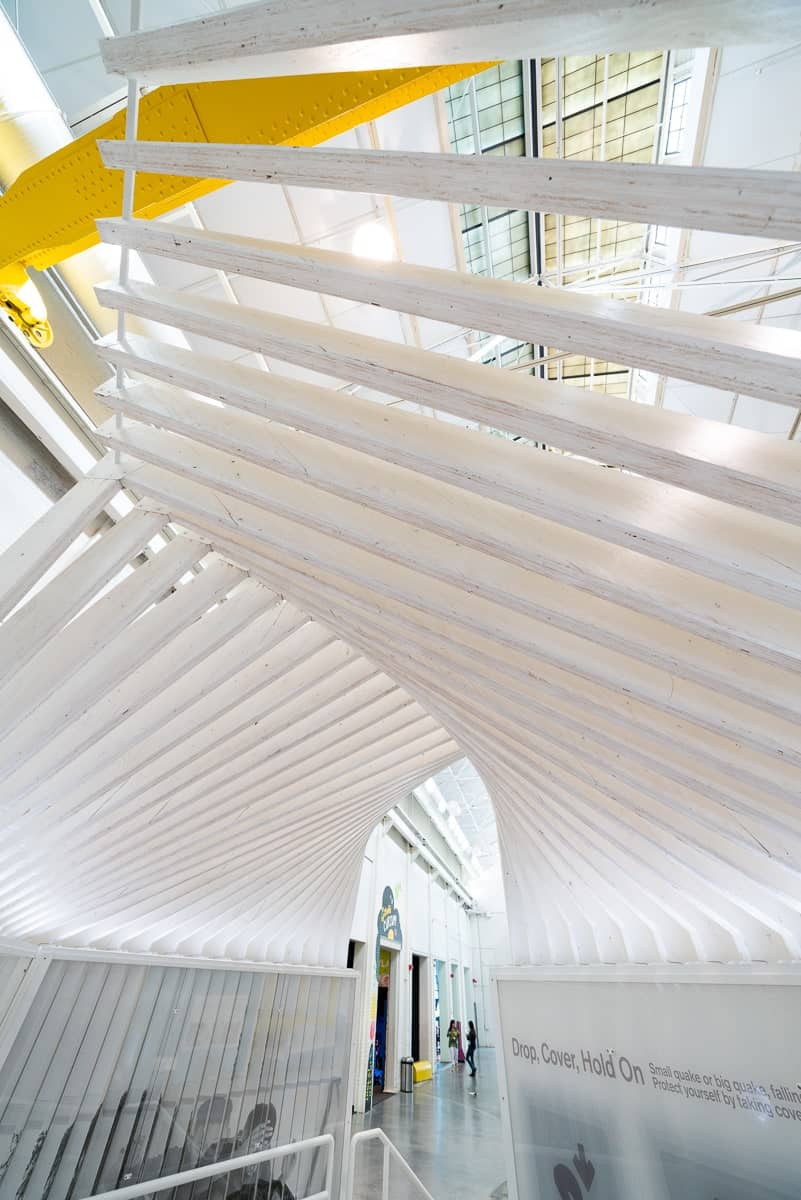
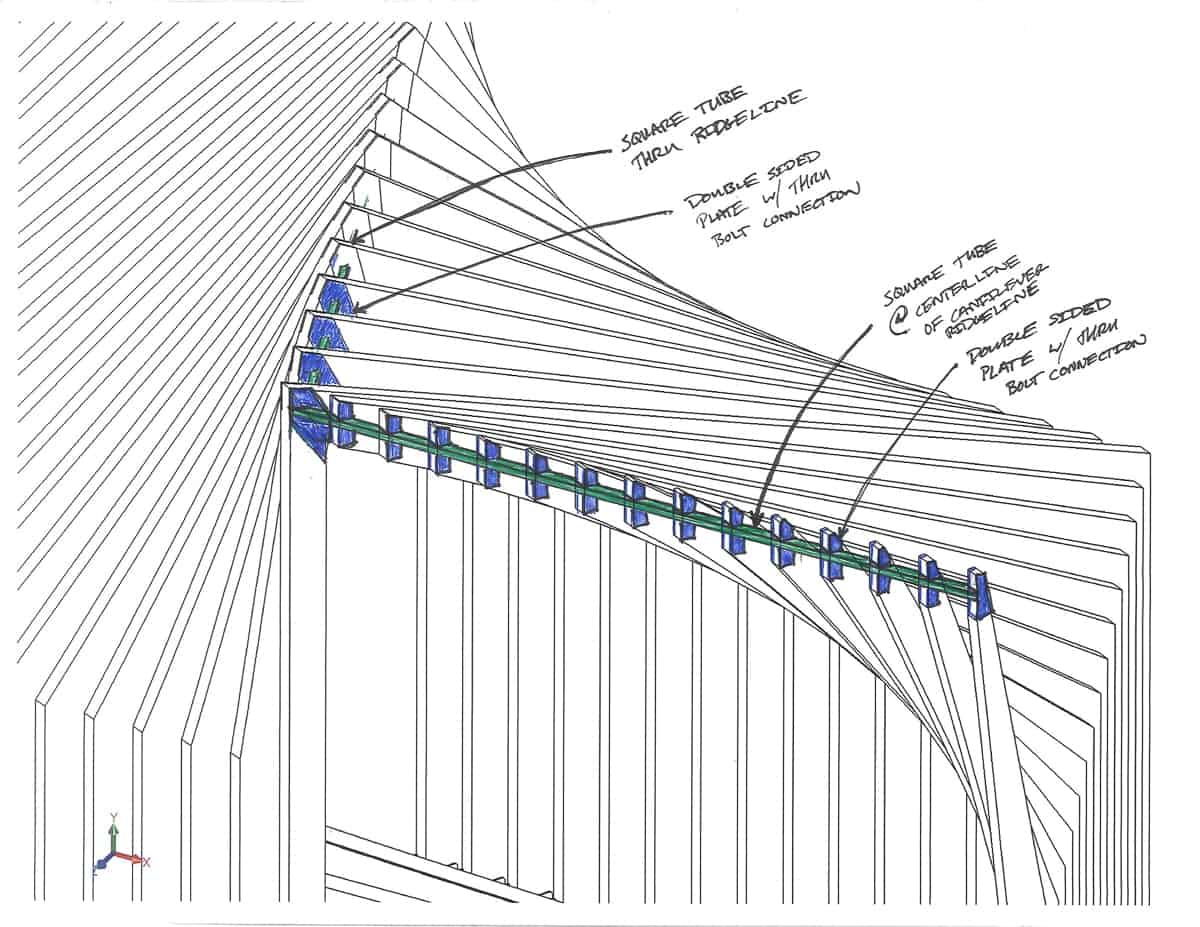
Inspiring confidence through STEAM.
When the 115-year-old Turbine Hall underwent an audit of all its exhibitions, OMSI saw an opportunity to redesign and rebuild their original Shake House simulator to empower their visitors to use science, technology, engineering and mathematics to learn, make and test sustainable solutions to real-world problems. The new Epicenter replaces fear with knowledge and confidence to stay safe during “the big one”.

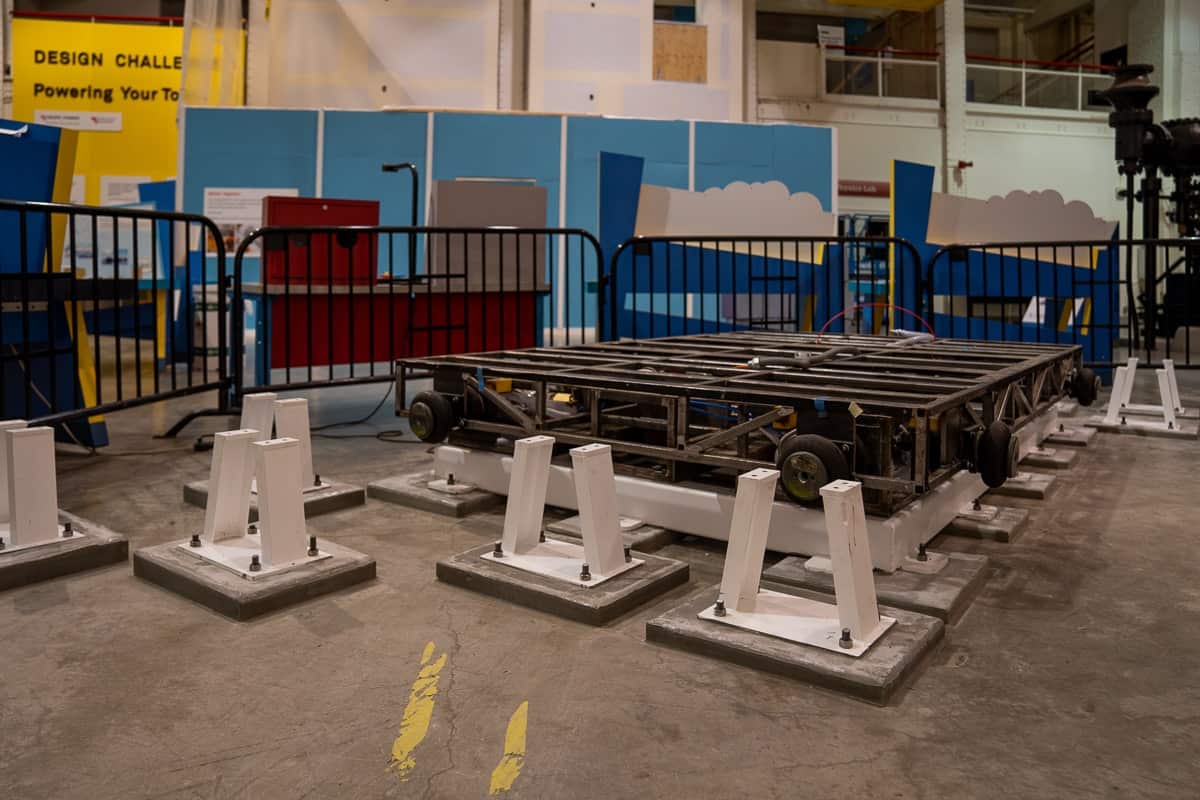
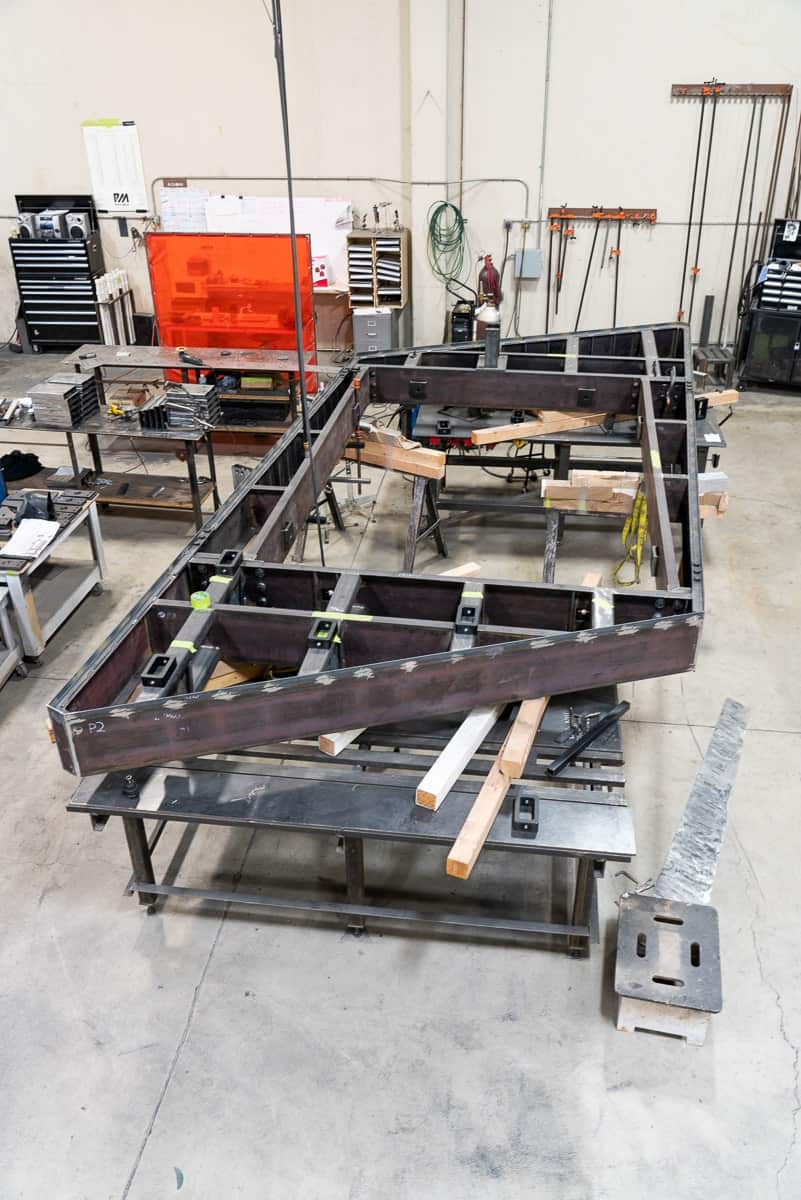
Familiar form.
The form of The Epicenter is derived from familiar structures and evolves from each viewing angle, inspiring active physical and visual engagement both outside and inside of the exhibit. The open pavilion-esque structure helps to eliminate claustrophobia.

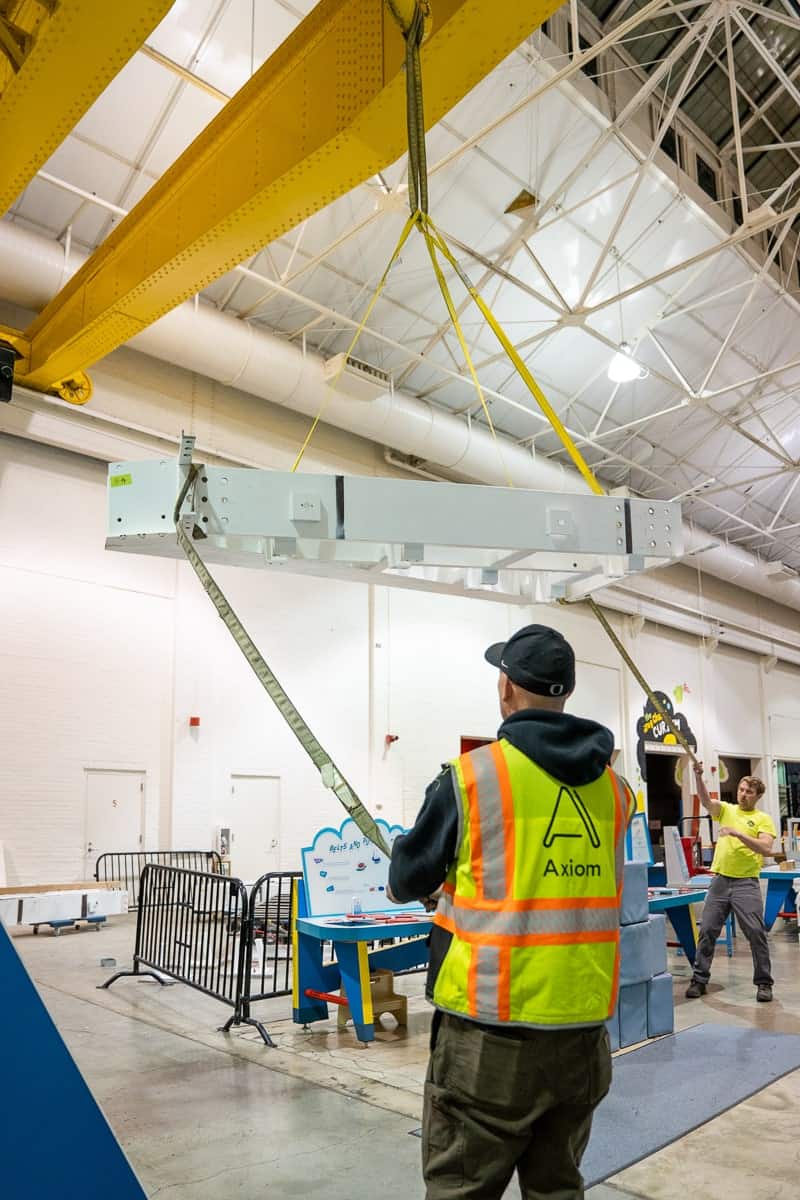
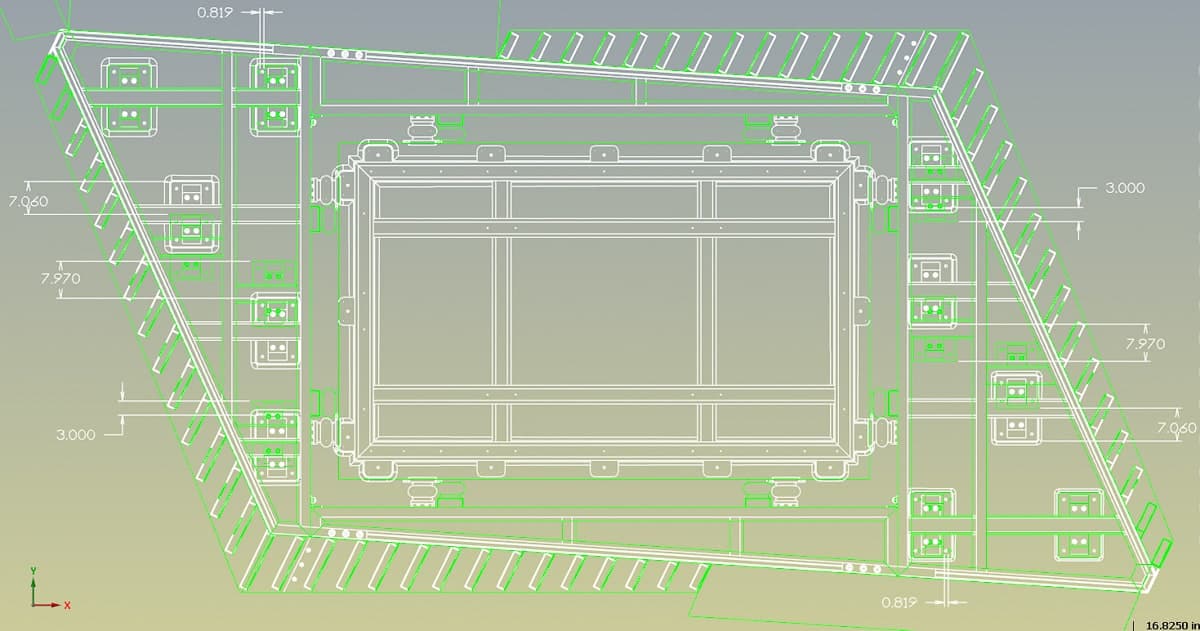
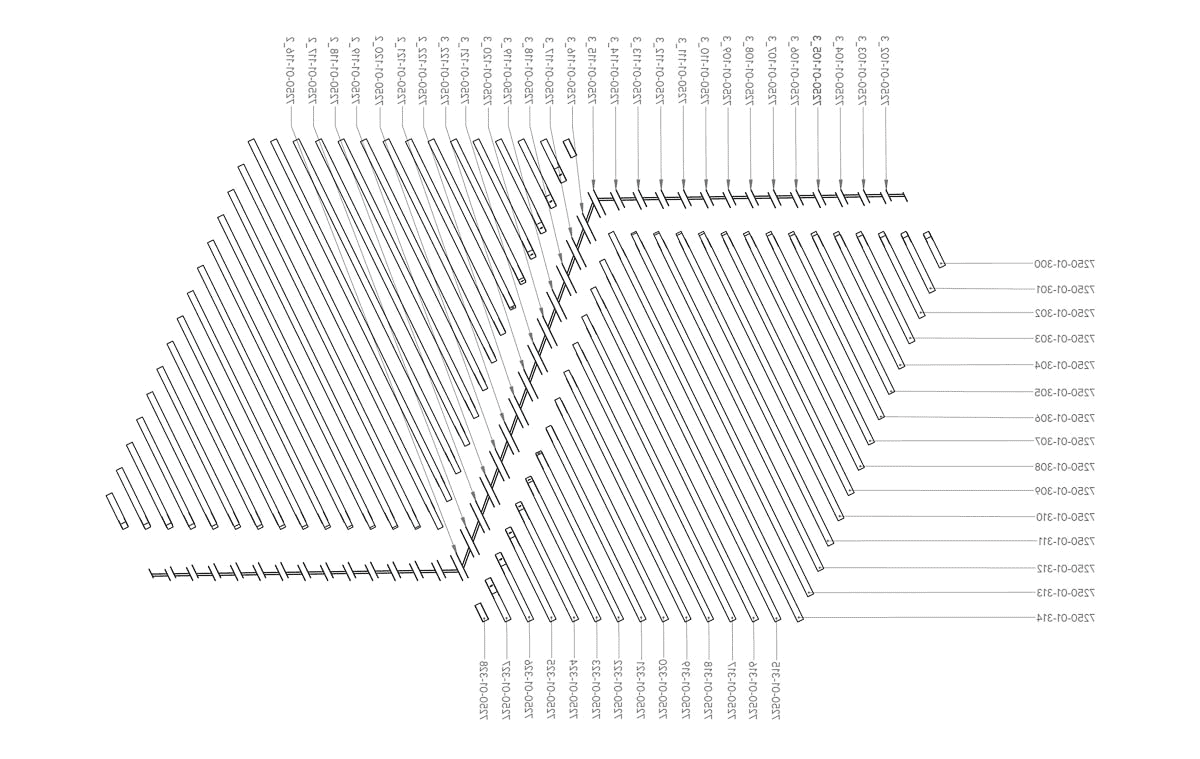
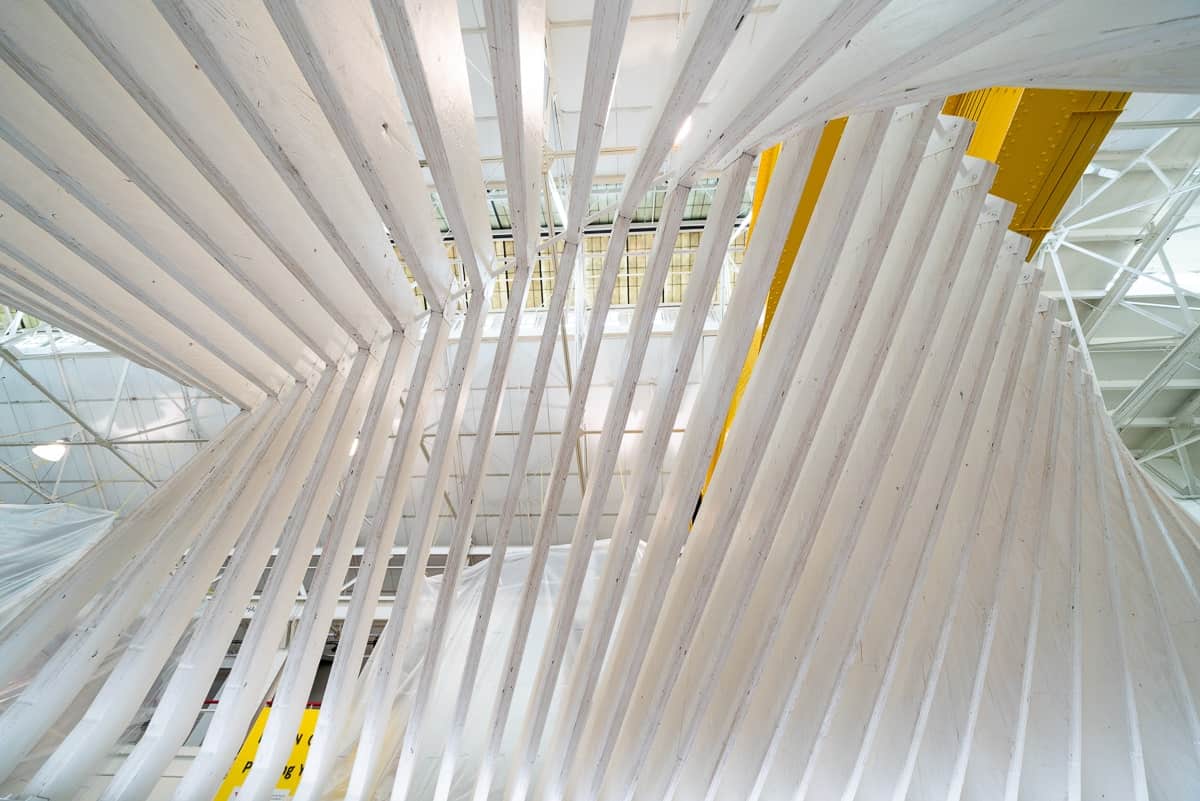
From the foundation up.
We worked closely with structural engineers in order to reuse the base from the original Shake House. The fabrication process started from the foundation up, with special engineering considerations for the century-old sloping floor at the installation site. The new reactive sympathetic platform allows for more visitors and ADA accessibility.
Unique materials strengthen the structure.
Material exploration was a huge aspect of our collaboration with OMSI, +&> and structural engineers, with challenges arising from woods and metals alike. Ultimately we were able to use a product for seismic retrofits and construction, and build the structure using mass plywood panel to circumvent the typical 4'x8' building materials and eliminate needs for joinery, allowing lightness and resilience for the house to shake safely.
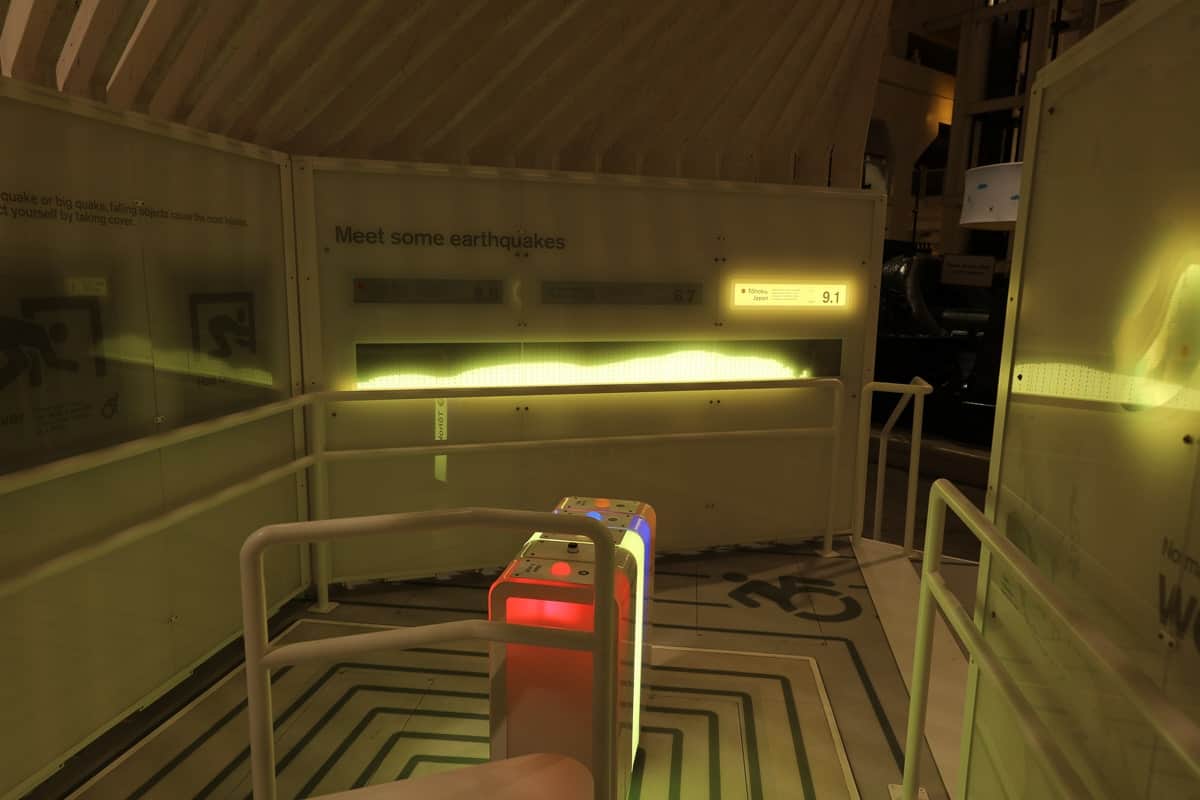
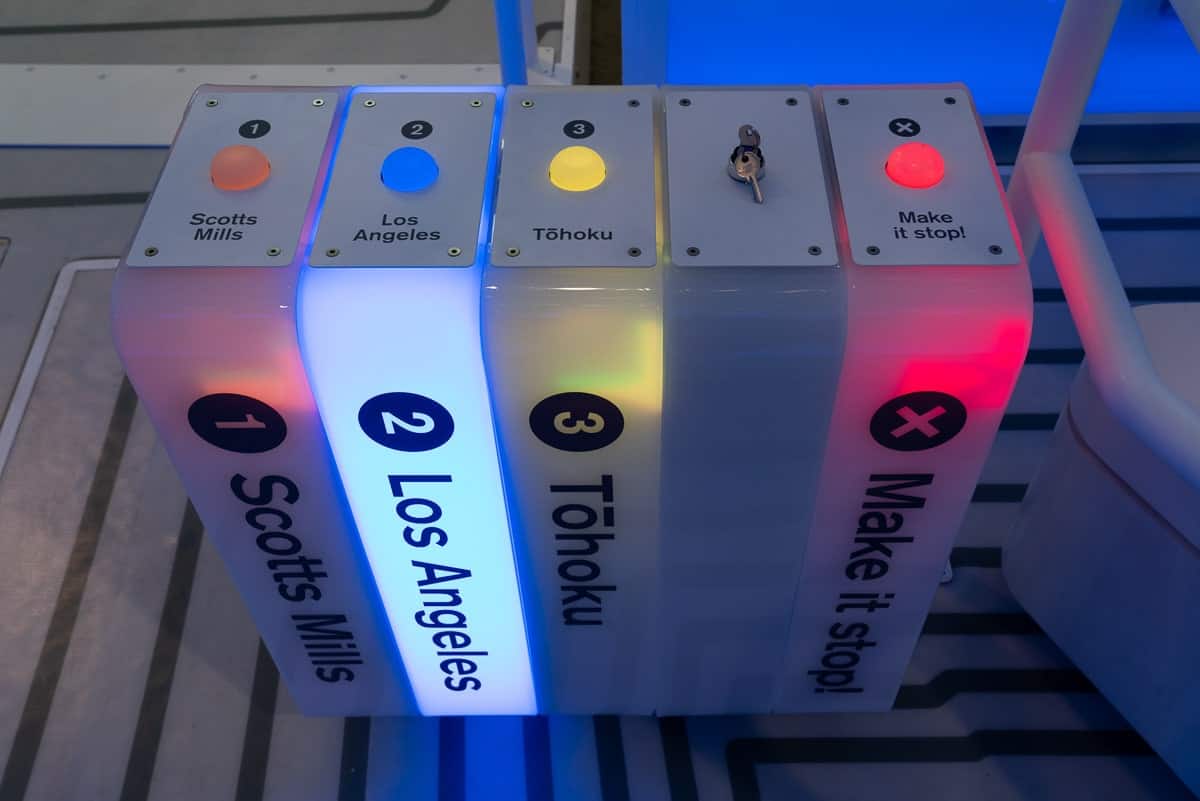
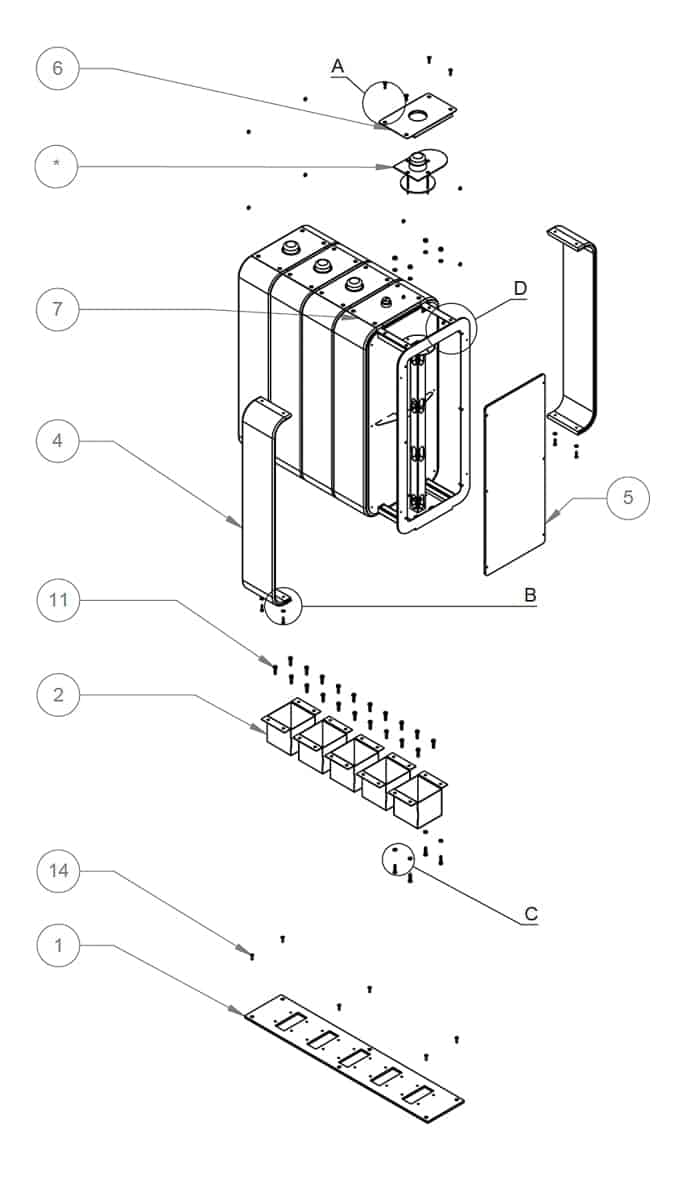
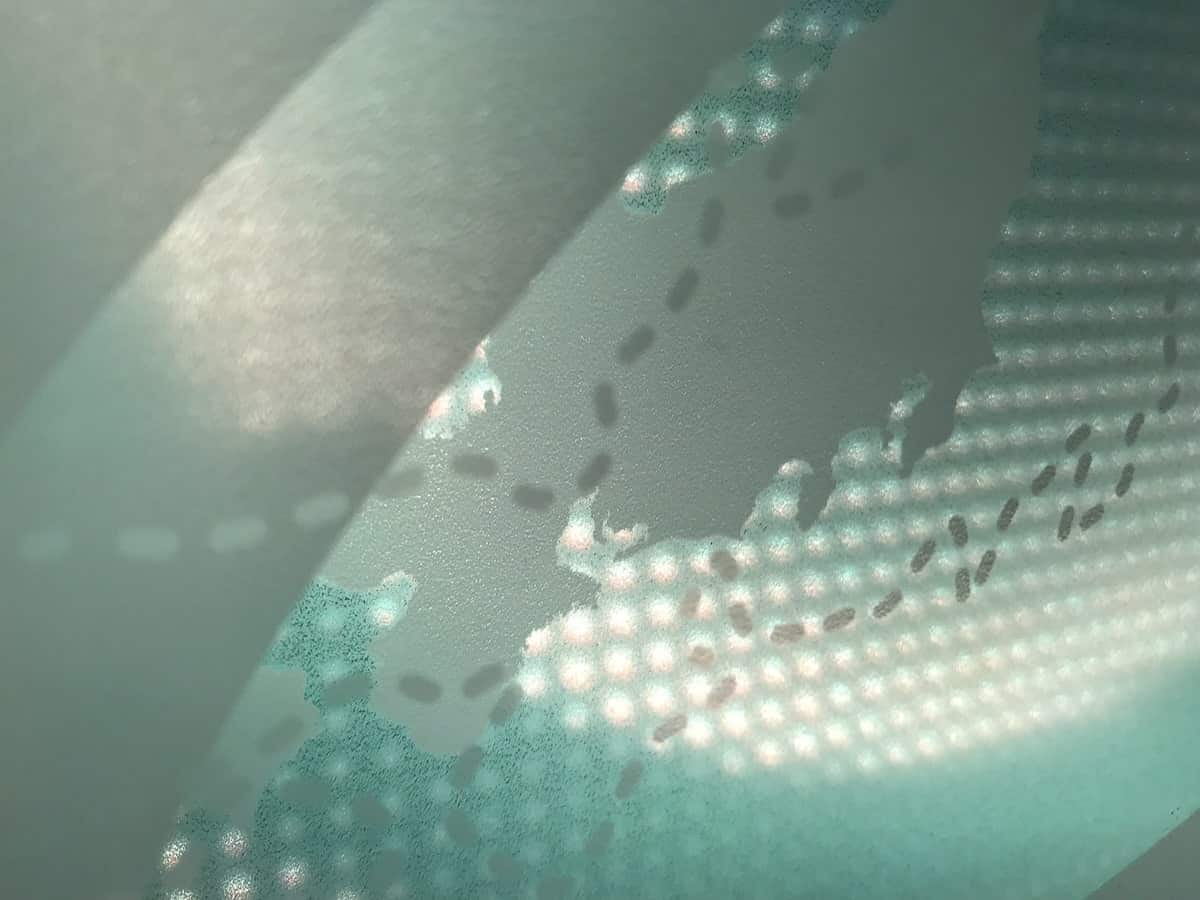
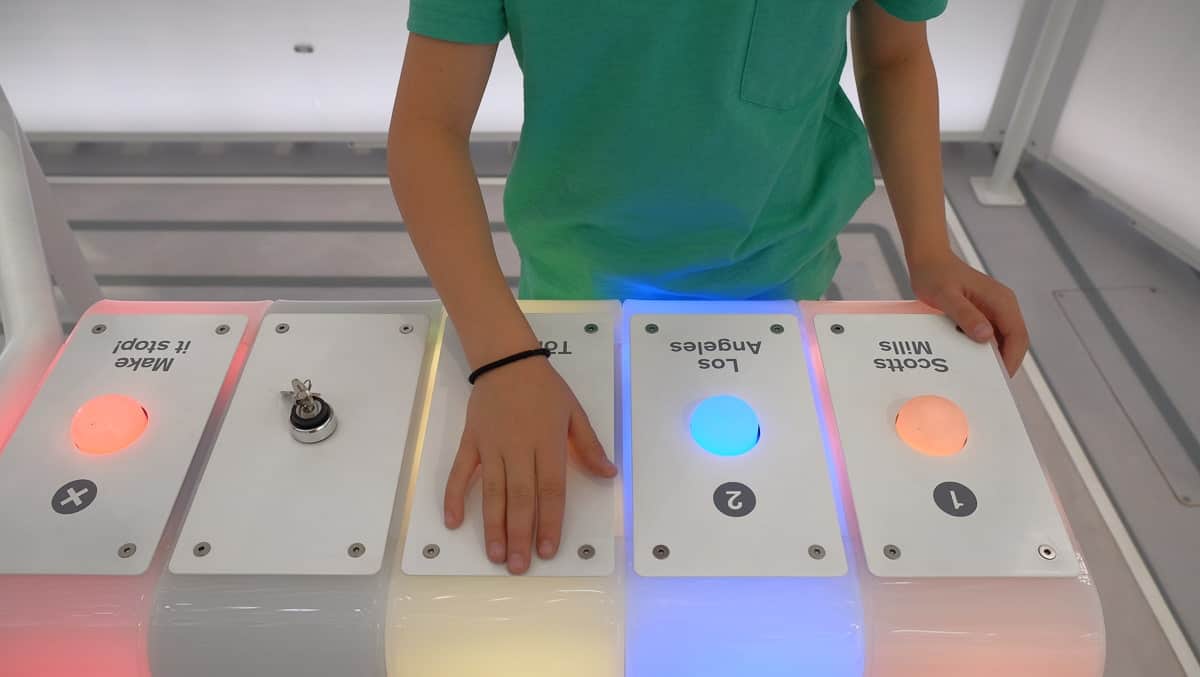
Data visualization enhances the experience.
Museum guests are invited to enter the exhibit through a combination of audio, lights and motion. They can choose from three different quakes from Oregon, California and Japan, up to a magnitude of 9.1, simply by hitting a button. The button interface also triggers an area on the illuminated wall map for history about each earthquake. The lit graphic panels directly relate the content to the haptic experience for real-time education.
